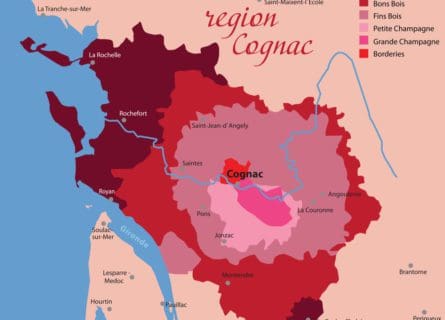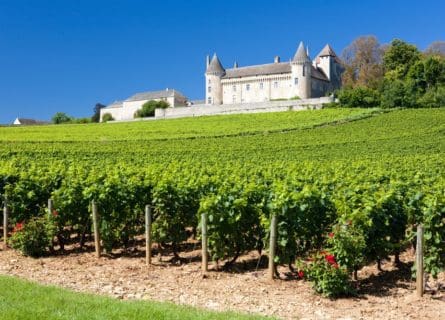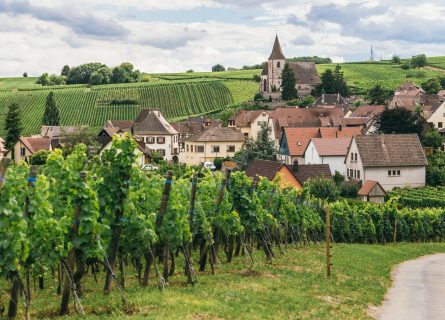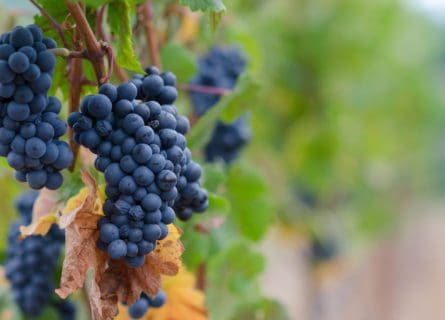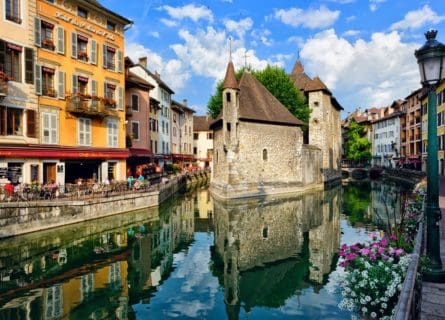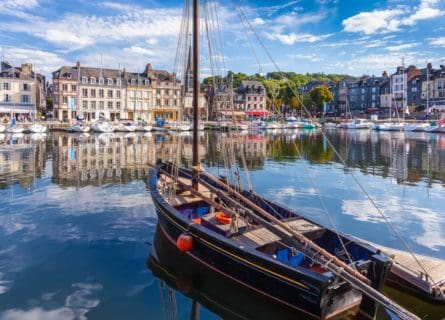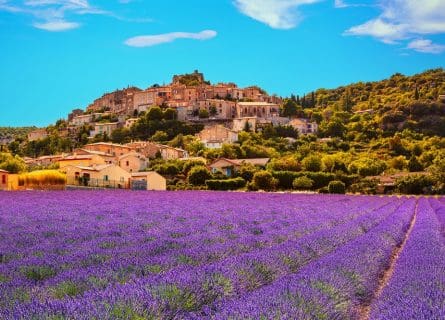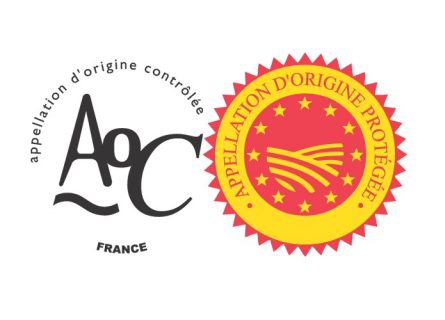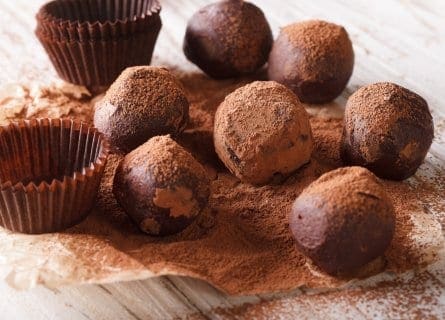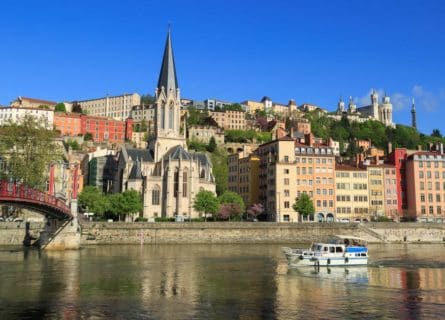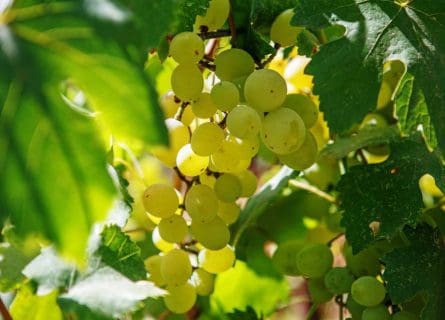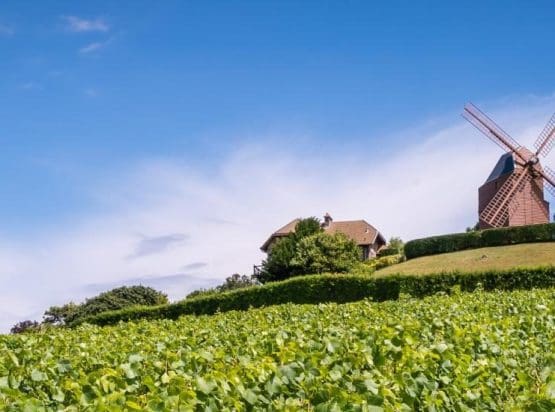
Reims Travel Guide
Reims: Where Timeless Elegance Meets Modern Vibrancy in the Heart of Champagne Country
Renowned worldwide by countless Champagne labels, Reims has a rich historical legacy and modern vibrancy, making it a fascinating place to visit. This prosperous city has traditionally been a significant crossroads city for north-eastern France, and its river port continues to be one of the most important in the country. Full of beautiful wine properties, Reims has an interesting and varied history.
Reims was founded around 80 BC as a Durocortorum or round fortress when it was the ancient capital of the Gallic tribe of the Remi – from which the city subsequently derived its name. The Romans conquered it when Julius Caesar set his sights on controlling Gaul (France). The settlement remained under Roman control for several centuries, during which it became an important outpost for the Roman Empire. Its inhabitants eventually converted to Christianity under Roman rule in the 3rd century AD, although Roman control was waning by then.
The vandals arrived in 406, took control of the city, and slew the Bishop Nicasius. Reims had not seen the end of barbarian violence, as Attila, the Hun, sacked the city and set fire to the key buildings. Stability would not arrive until the late 5th century when the Merovingian warrior-king Clovis I founded the Frankish kingdom and claimed Reims. He began the tradition of holding royal coronations in Reims, much to the annoyance of the Parisians!
For centuries, the focal point of royal affairs was the Cathédrale Notre Dame, a Gothic edifice begun in 1211 – on a site occupied by churches since the 5th century – and mostly completed a century later. The Cathedral saw many historical events; the most famous event in the Cathedral’s history was the coronation of Charles VII, with Joan of Arc at his side, in 1429. Charles was one of 34 sovereigns (including 25 kings) who began their reign at Reims’ Cathedral between 816 and 1825.
Reims prospered in the Middle Ages as a trade center thanks to commercial fairs where merchants from around Europe bought and sold products from as far afield as the Mediterranean. Then came the discovery of Champagne, arguably the most important event for the city since its inception. In the late 17th century, a Benedictine monk named Dom Pierre Pérignon perfected blending different base wines and using a second fermentation to make barely drinkable still wine sparkle. He laid the basic foundations for the thriving Champagne industry we see today. Bubbly was not the only industry of note. However, Reims was also well known for its woolen textiles, although this is no longer the case today.
The city enjoyed a relatively stable and prosperous time for many years, and Reims was riding high on the reputation of Champagne. However, the wine was not the only jewel in the crown as the city hosted the first international air meeting in 1909, with major aviation personalities such as Glenn Curtiss, Louis Blériot, and Louis Paulhan in attendance. The meeting marked the end of the good times, as two World Wars would cause untold damage to the region.
The First World War arrived in Reims with a bang, and the city was almost completely destroyed during the initial fighting. The Cathedral was severely damaged by artillery and fire, destroying the interior and most stained-glass windows. Subsequently, it became one of the central images of anti-German propaganda. The American John Rockefeller generously donated significant funds to restore Notre Dame, and the reconsecration occurred in 1938. Then came the Second World War.
The onslaught of the war brought more misery and death to Reims, and again, the city was almost wholly ruined (although the Cathedral was thankfully spared), and years of bloody fighting finally ended in 1945 when Nazi Germany surrendered unconditionally. Reims is famous for being where the horror ended in Europe, as it was the location for the Nazi’s surrender. On May 7, 1945, they surrendered in US General Dwight D Eisenhower’s war room in Reims, now a museum known as the Musée de la Reddition. The original Allied battle maps are still affixed to Reims’ one-time technical college walls, now known as Lycée Franklin Roosevelt.
Reims recovered from the war to emerge as France’s leading industrial and tourist center. Apart from ongoing champagne production, other industries have developed in recent decades, including aircraft and automobile equipment, paper, and pharmaceuticals. Visitors to Reims can expect a rich historical and cultural history and plenty of awe-inspiring architecture, not to mention Champagne on tap. The city manages to merge the cerebral and hedonistic, and there is something for everyone in Reims. Many major Champagne houses base themselves in the center; you must see at least one. So, sit in the square, sip a glass or 2 of this most famous sparkling wine, and enjoy. You’re in Champagne. Santé!
-
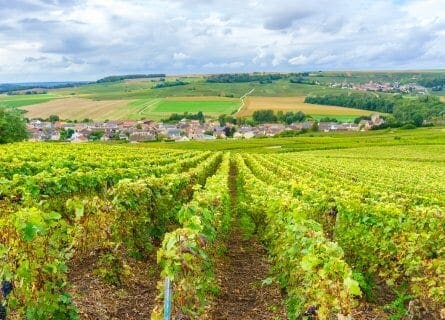
Champagne Vineyards Gastronomy & Wine
Like every French city, Reims has its abundance of typical Bistros, serving the staples of confit of duck and rib-eye steaks accompanied by the legendary “frites”! The best restaurant district tends to be near the Cathedral, where several top-class eateries are to be found. Local cuisine is primarily based around game and ham, washed down with a glass or two of Champagne. “Andouillettes” are local sausages, the most famous from Troyes. Boudin Blanc (White Sausage Delicacy) is another common ingredient in local dishes. The fruit and veg you tend to see in the cuisine here in Reims include apples, potatoes, cabbage, barley, and beets- suiting the colder climate in Northern France.
The two main kinds of cheese in Champagne are Chaource (soft white cheese) and Langres (similar to Epoisses from neighboring Burgundy). Finally, those with a sweet tooth can pick up the “Biscuit Rose de Reims” from any pâtisserie in town, a crunchy pink cookie made for dipping in Champagne. You will also find many chocolates filled with “Marc de Champagne” liqueur.
Reims and the region of Champagne are synonymous, of course, with the finest sparkling wines. Using reserves of older wines, the blenders’ skill creates consistency and excellence year on year.
A Gastronomic Guide to the Cuisine of Champagne: Read more
Nearby Wine Regions
-
 Explore the world of Champagne, home to iconic brands like Krug & Dom Perignon. Discover diverse styles from rosé to single vineyard. Uncork luxury now! Read more
Explore the world of Champagne, home to iconic brands like Krug & Dom Perignon. Discover diverse styles from rosé to single vineyard. Uncork luxury now! Read more
Highlights
-
Notre Dame
The city’s most famous monument is the magnificent Gothic Cathedral Notre Dame, began in 1211 and a UNESCO heritage monument. A rival to its cousin in Paris, for several centuries the cathedral was the setting for the coronation of French Kings. A particular highlight is the 13th century Great Rose Window and the west façade, decorated with over 2000 statues.
-
Palais du Tarn
Every king who came to Reims for his coronation would spend the evening in the Palais du Tarn, the archbishop’s palace adjoining the cathedral. It is a beautiful building, the 15th-century banqueting hall, the Salle du Tarn, with its barrel-vaulted ceiling and Arras tapestries being the star attraction.
-
Musée de la Reddition
A definite highlight of any trip to Reims, the Musée de la Reddition occupies the building that served as Eisenhower’s French headquarters during World War II. It was here, in 1945, that the general received the Germans’ surrender, which ended the war. A must see!
-
Champagne Houses
Last but by no means least, every tourist should visit at least one of the great houses in Reims. Several historical Champagne houses base themselves in the city, including Pommery, Veuve Clicquot, and Ruinart. Pommery remains our favorite house to visit as the building contains several important pieces of art and historic Roman carved chalk caves, something to keep the non-wine lovers happy! Their wines are excellent too. Contact us for information on our luxury tours of Champagne.
Recommended for you
More information
If you would like us to customize an exclusive luxury tour, contact us and let us know your travel plans. We offer luxury food and wine tours for private groups of a minimum two guests. In addition, all of our private, chauffeured tours are available year-round upon request.


